Flavor and taste characteristics and cooking parameters of sunny rose summer coffee beans in Caldas, Colombia
Professional coffee knowledge exchange more coffee bean information please follow the coffee workshop (Wechat official account cafe_style)
After drinking the rose summer of Panama, the rose summer of Ethiopia, maybe you can learn about the rose summer of Colombia ~ Qianjie Coffee today to share with you a summer of sun roses from Colombia!
Colombia Mi terra Geisha
Colombian Mitra Manor Rose Summer
Country of origin: Colombia, Colombia
Producing area: Caldas Caldas Chinchina
Planting altitude: 1700-1850 m
Planting variety: Rosa Geisha
Treatment: Natural in the sun
Grade: SUPREMO
Columbia Colombia
Colombian coffee can be said to be very famous in the world. After all, it was once the second but now the third largest coffee producer. Before 2001, Colombia paid more attention to the commercial coffee bean market, and only after 2001 began to enter the relatively niche boutique coffee market. But even so, because the Colombian environment is very suitable for the growth of boutique coffee (rich landform, low latitude, high altitude, large temperature difference, slow growth rate of coffee beans), it has a great explosive power in boutique coffee!
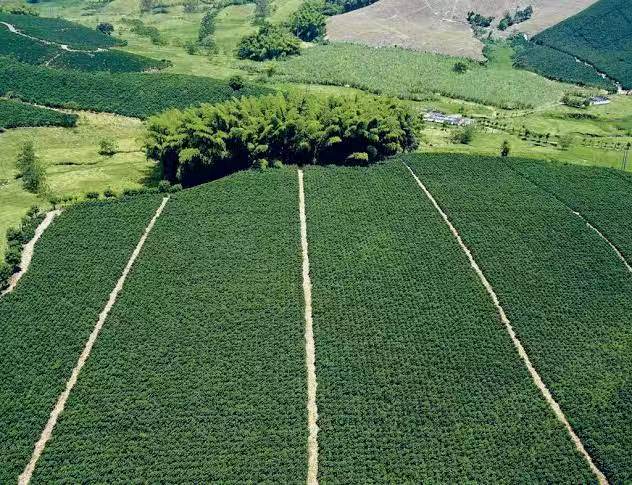
Colombia has three Codiera mountains running north and south, right into the Andes. Coffee is grown along the highlands of these mountains. The mountain steps provide a diverse climate, where the whole year is the harvest season, and different kinds of coffee ripen at different times. And fortunately, unlike Brazil, Colombia doesn't have to worry about frost. Approximately 2.7 billion coffee trees have been documented in Colombia, 66 per cent of which are planted in modern plantations and the rest on small traditionally run farms.
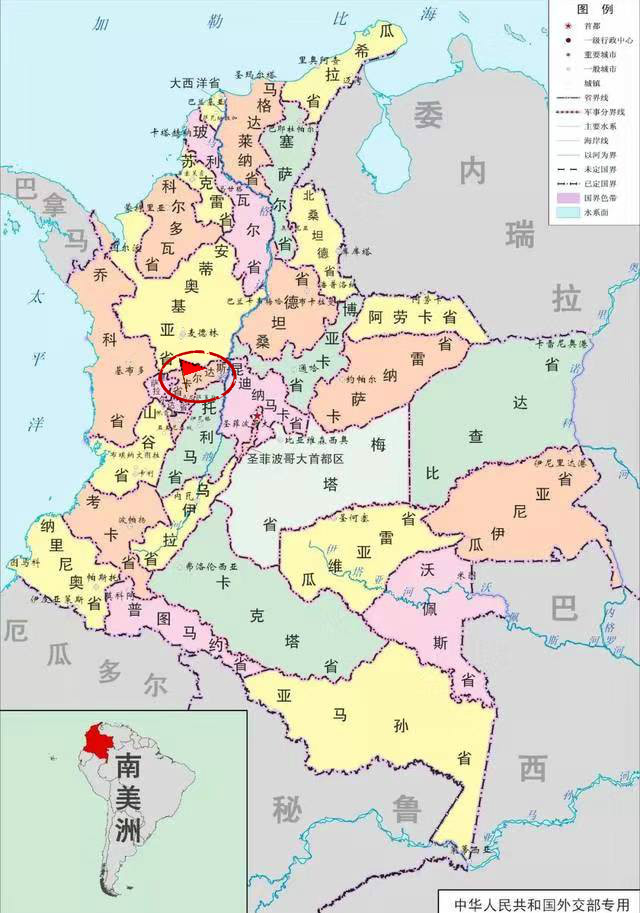
Caldas Chinchina is located in central Colombia, the heart of Colombia's coffee producing area, and is the heart of the famous Colombian coffee tourism. Coffee from the Cadas region has distinct vanilla aromas, soft acidity and a full taste.
Rose summer Geisha
The pronunciation of Geisha is the same as Japanese geisha, so it is also called geisha coffee. Because the tree species are taller than ordinary coffee trees, they are originally planted in a small area of the manor and are used as windbreaks.
The species of Geisha was discovered in the rose forests of Ethiopia in 1931 and was later sent to the Coffee Institute in Kenya. Introduced to Uganda and Tanzania in 1936 and introduced to Costa Rica in 1953.
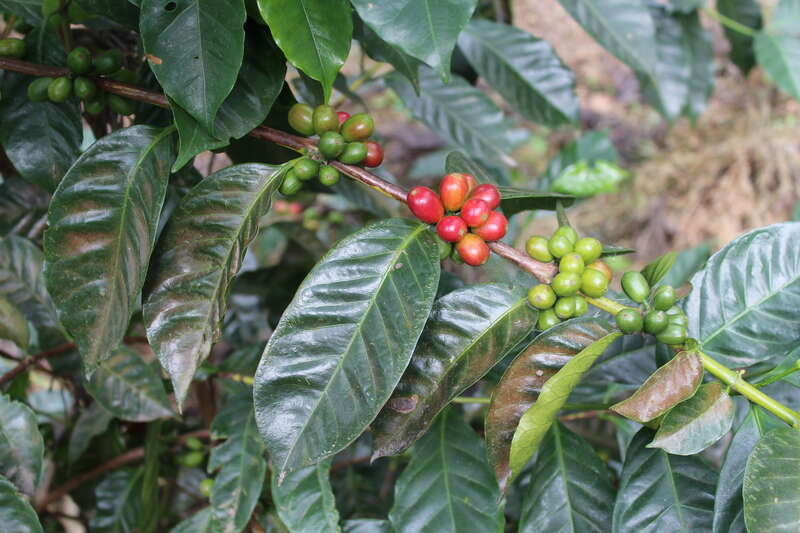
Rosa coffee is particularly picky about the growing environment, requiring high altitude, cloud shade, fertile soil and enough accumulated temperature. The average altitude is 1625 meters, the average annual temperature is 16 ℃ to 25 ℃, and the average rainfall is about 3500 mm. The plantation belongs to semi-shade planting, and the tree species are all from local endemic species.
Treatment method
When it comes to Colombian treatment, nothing is more common than washing, but the rosy summer brought by Qianjie coffee today is tanned. Sun treatment is an ancient method, which reduces the moisture content of coffee fruit by drying. Sun treatment can not only add some fermented flavor to the coffee, but also increase the sweetness and flavor level of the coffee.
Qianjie coffee baking curve
This bean is relatively high above sea level and hard. In order to highlight the characteristics and aroma of this bean, we choose shallow baking so that the baking degree can give play to the characteristics of the bean itself and dehydrate with medium firepower.
Roaster Yangjia 800N (baking capacity 300g)

The furnace temperature reaches 160℃ into the pot, the throttle opens 3, the firepower is 110C, the temperature recovery point is 1140℃, the air door is opened to 4; at this time the bean surface turns yellow, the smell of grass disappears completely, and enters the dehydration stage. When the furnace temperature reaches 166℃, the firepower is adjusted to 90℃, the throttle remains unchanged.
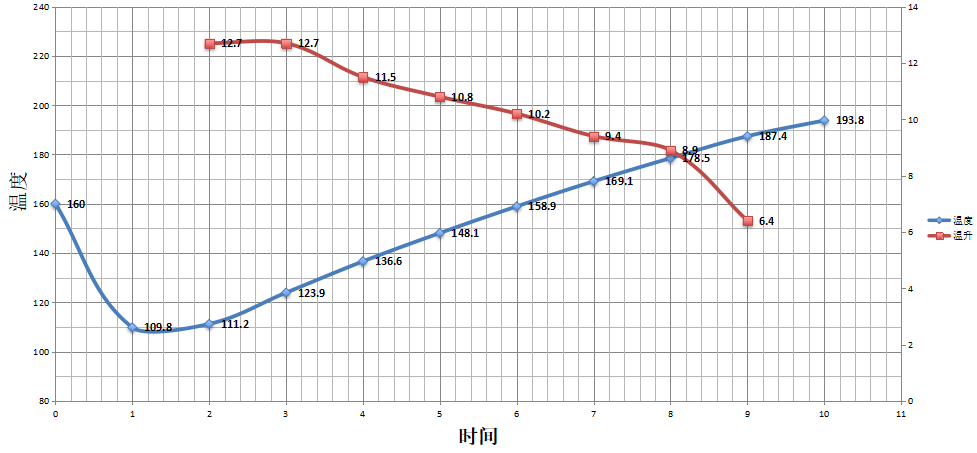
The smell of toasted bread has obviously changed to the smell of coffee, which can be defined as a prelude to an explosion. At this time, it is necessary to listen carefully to the sound of the explosion point, until the sound of the explosion point starts to explode. The throttle should be adjusted to 5 (the tuning power should be very careful, not so small that there is no burst sound), and the smell of toast will obviously change to coffee, which can be defined as a prelude to an explosion. 195 ℃ put into the pot.
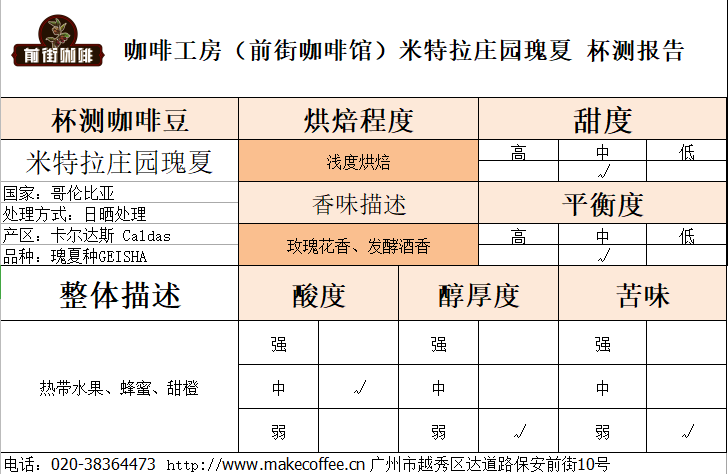
Cup test flavor: tropical fruit, citrus, fermented wine, rose
Sharing of coffee brewing parameters in Qianjie
Qianjie coffee is suggested to be brewed by hand.
1. Filter cup: Hario V60
2. Degree of grinding: medium and fine grinding (BG 5T: 58% pass rate of Chinese standard No. 20 screen)
3. Water temperature: 90 ℃
4. Ratio of powder to water: 1:16
5. Cooking technique: segmented extraction
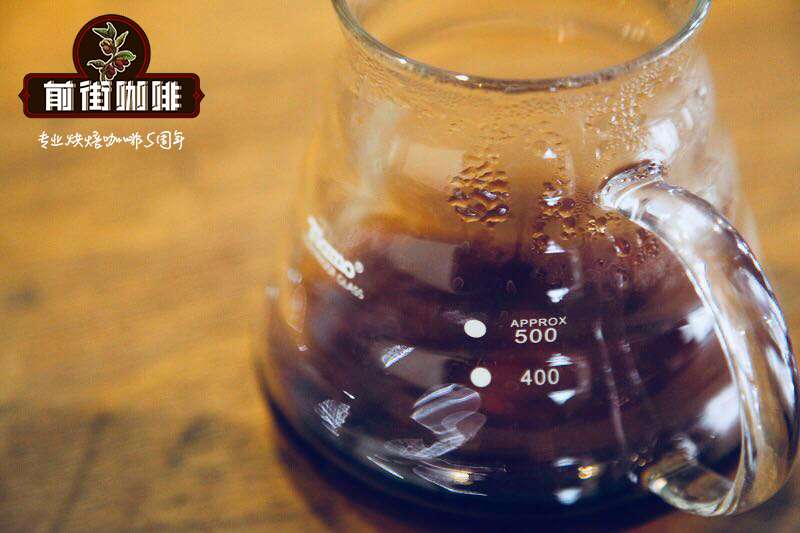
Steam with 30 grams of water, the steaming time is about 30 seconds, the small flow center is filled with 95 grams of water, that is, 125 grams of water, and so on when the water level is about to expose the powder bed, continue to inject water to the end of 240 grams, remove the filter cup when the water level is about to expose the powder bed, and the extraction time is 1: 50 ". Flavor: the wet fragrance is floral and oolong tea, with tropical fruit, peach, citrus and honey flavors in the mouth.
End
Important Notice :
前街咖啡 FrontStreet Coffee has moved to new addredd:
FrontStreet Coffee Address: 315,Donghua East Road,GuangZhou
Tel:020 38364473
- Prev
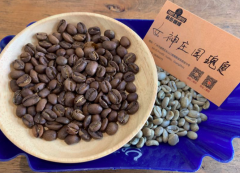
What about extracting a cup of Costa Rican goddess manor rose summer with high water temperature?
A few days ago, the street coffee just entered the rose summer of a Costa goddess manor. the flowers of this bean are still very rich. the raw beans look long and light green, which is different from the grass smell of raw beans in the past. The goddess rose summer smells not only of grass, but more bergamot and berries. The flavor of the cup is
- Next

Coffee internal structure layer decomposition, understand the coffee internal structure to give coffee flavor conditions!
Professional coffee knowledge exchange More coffee bean information Please pay attention to coffee workshop (Weixin Official Accounts cafe_style) Coffee tree is a perennial evergreen shrub or small tree belonging to Rubiaceae. The mature fruit of coffee tree is called coffee cherry in the industry because it is similar to cherry. This time it's not about coffee.
Related
- A complete list of coffee bean names and their meanings! What is Yejia Shefi coffee? Where is Mantelin coffee?
- What grade does Arida Manor Kaduai coffee beans belong to? What treatment is Arida ASD slow anaerobic sun exposure?
- The milk tea cup becomes smaller?! Overlord Tea Girl launches a new "Return to Yunnan" series
- Accused of selling counterfeit and high-priced coffee beans! Well-known boutique coffee brand "Oukelao" bowed and apologized!
- How to make espresso dumplings? Can I eat coffee and glutinous rice balls together?
- Save the unformed and stagnant powder cakes in one second! What is the problem with stagnant water in the powder bowl of the espresso machine?
- What does hand-brewed coffee stop mean? Why is it not recommended to make coffee by hand?
- Is it normal to smell like coffee? Why does coffee smell like alcohol? What's wrong with the strong smell of cold extract ice dripping ice brewed coffee?
- How to solve the problem that hand-brewed coffee extraction takes too long? Why is the water flowing so slowly when making coffee?
- The main points of making Australian white coffee, the proportion details, how does Australian white properly foam and blend the flowers?

